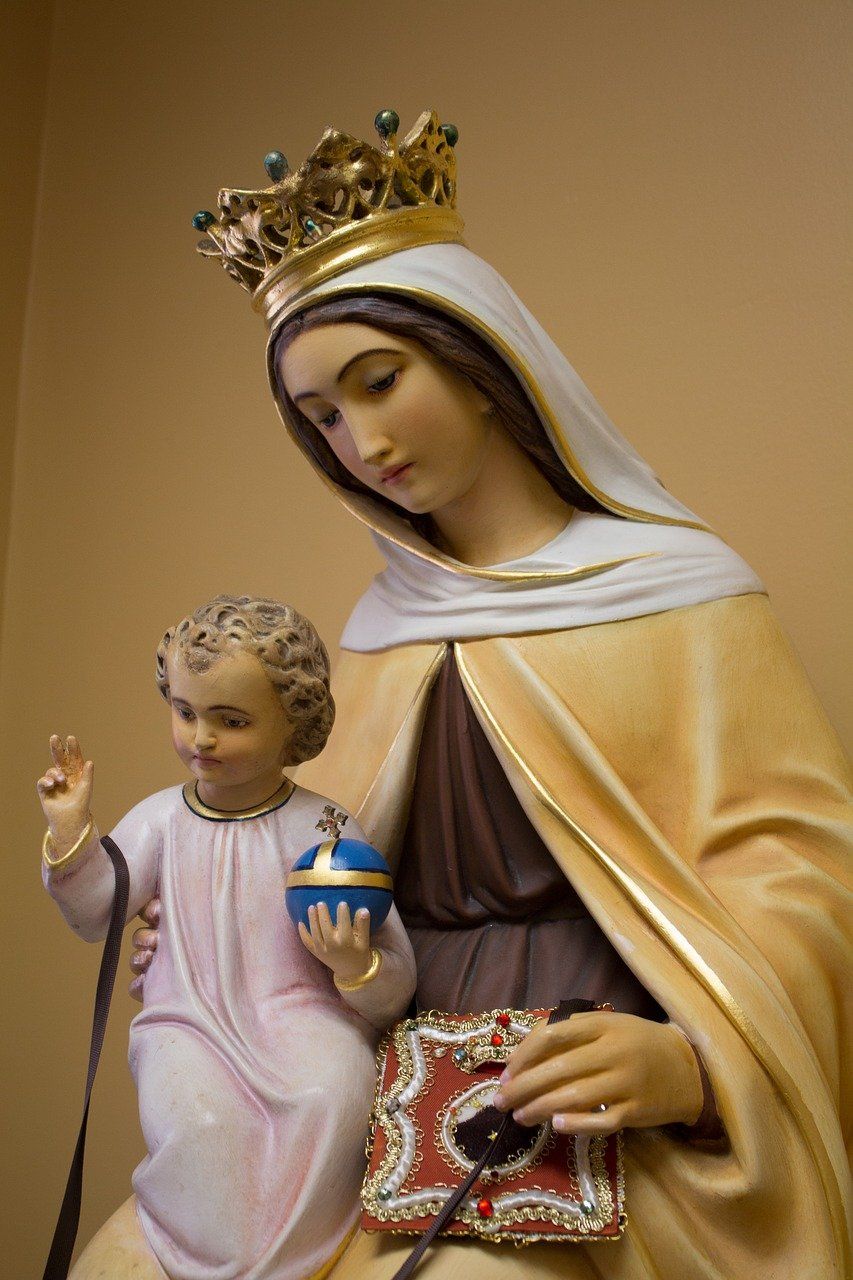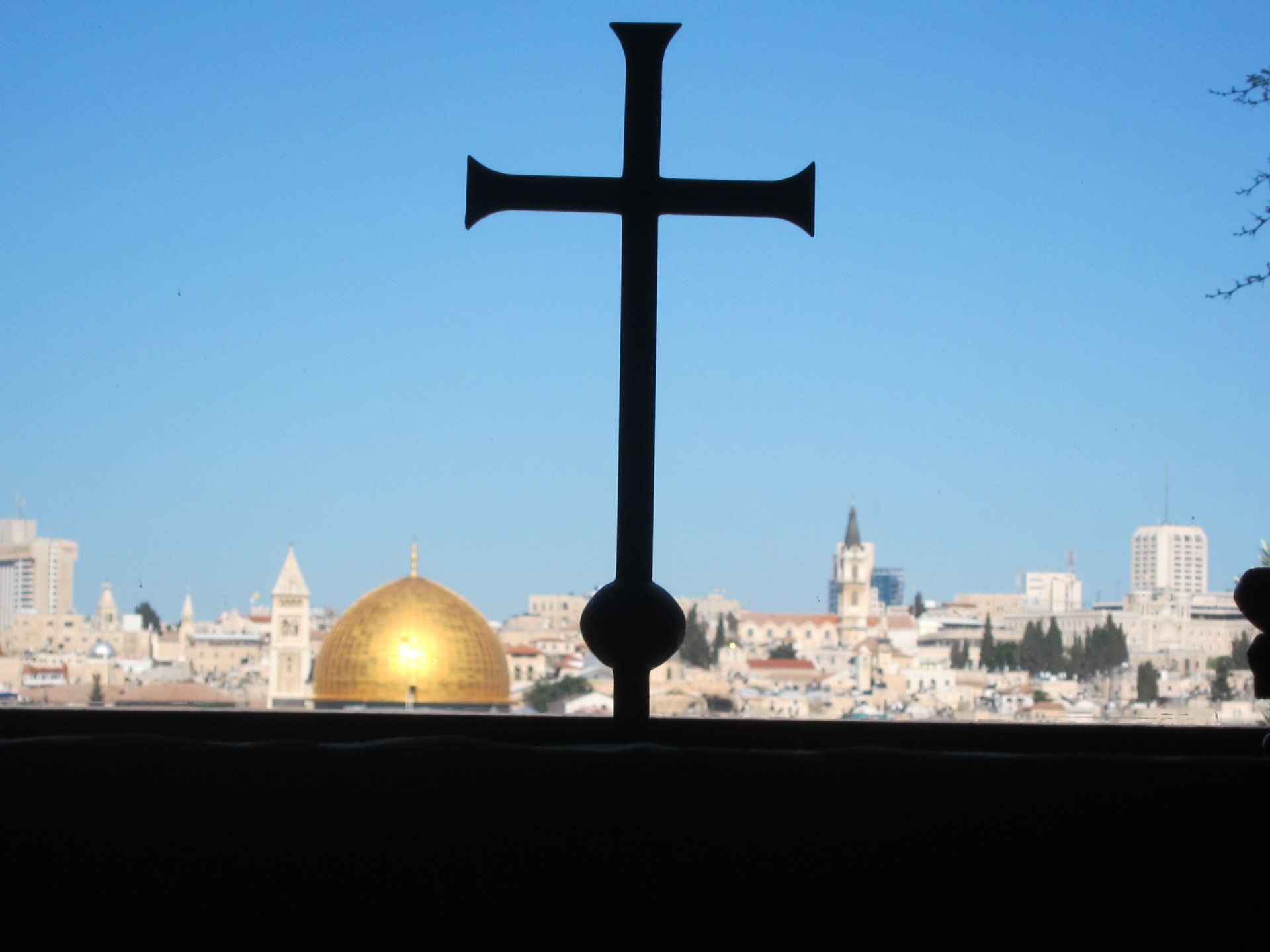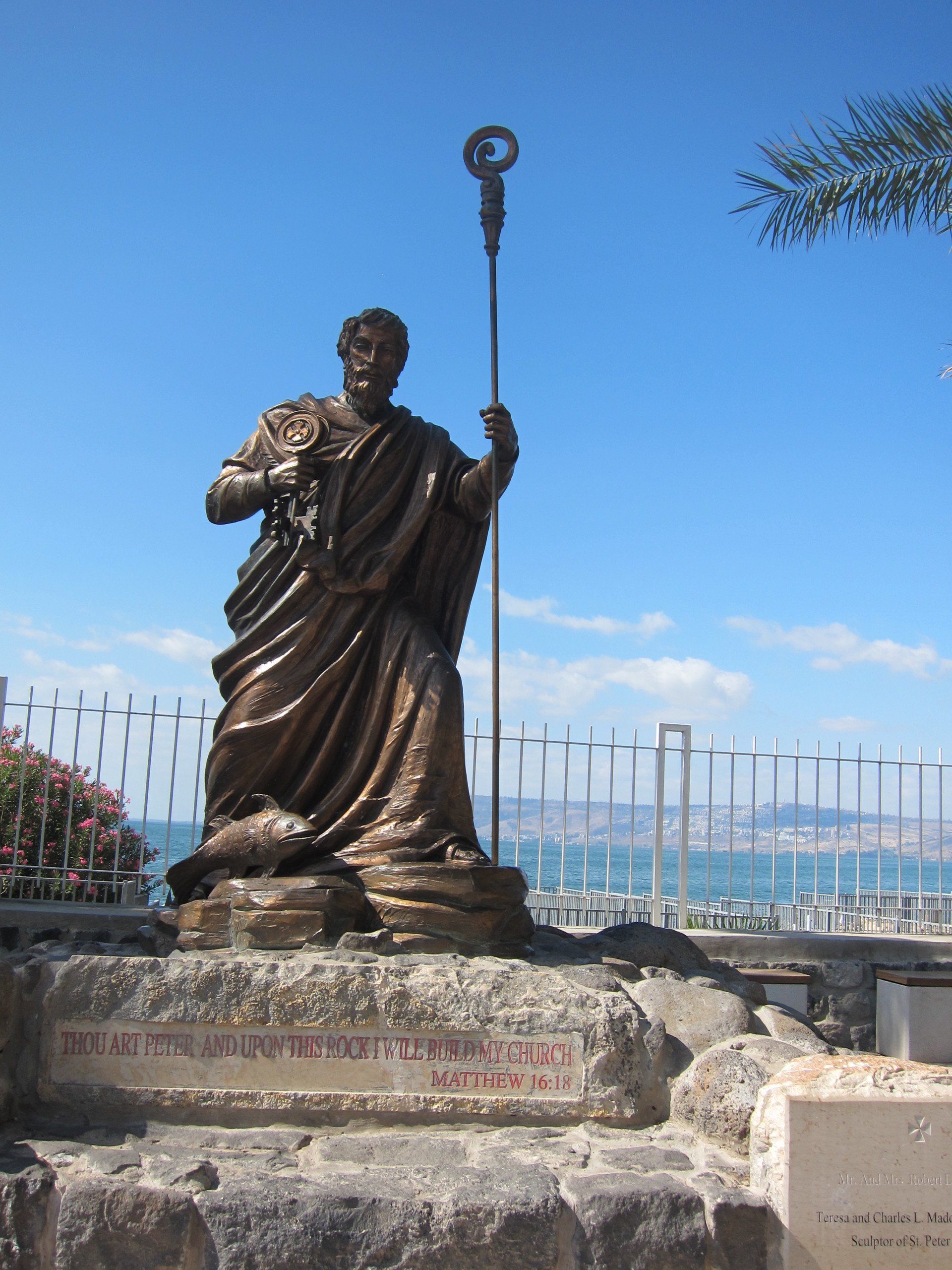Why do we venerate Mary?
The veneration of Mary has been part of the Catholic Tradition since the very beginnings of the Church when she was present at the descent of the Holy Spirit upon the disciples at Pentecost. The ‘Catechism of the Catholic Church’ explains Mary’s importance thus:
“‘God sent forth his Son’, but to prepare a body for him, he wanted the free co-operation of a creature. For this, from all eternity God chose for the mother of his Son a daughter of Israel, a young Jewish woman of Nazareth in Galilee, ‘a virgin betrothed to a man whose name was Joseph, of the house of David; and the virgin's name was Mary’” (n.488).
Since the beginning Mary has come to be venerated under many different titles. As May is traditionally considered to be the month of Mary in the Catholic world, it is this we will be exploring here; why the one person of Mary, the Mother of Jesus, has so many titles.
Our thanks to the content provider: The Faith Companion - www.thefaithcompanion.co.uk
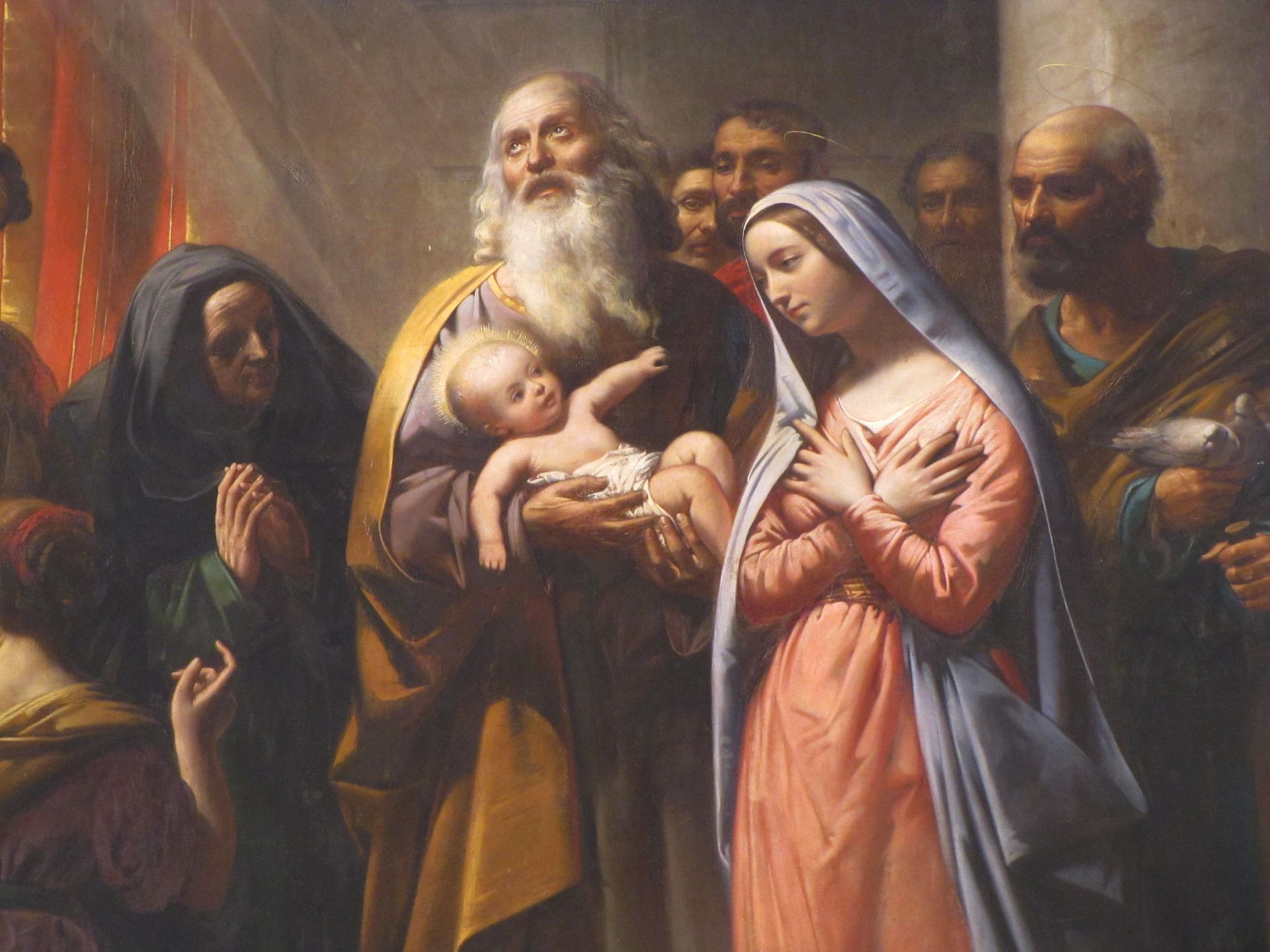
About Mary's Titles
Given the brevity of mentions of Mary in the Gospels (and outside of them none directly at all), the development of Marian devotion that grew in the course of history seems to be an enigma.
One of her first titles emerged in the second century as the New Eve when early Christians reread Jewish Scriptures to try and understand the Birth, Death and Resurrection of Jesus.
The prophecies of Jesus in the Old Testament would have clarified this, as did identifying prefigurations of Mary. By analogy, if Jesus was the New Adam, Mary was the New Eve.1 However, perhaps other explanations can help us understand these many titles. For example, the paradoxical nature of the person of Mary; a poor, lowly young Jewish girl bestowed gratuitously by God His favour in becoming the Mother of God.
This paradox makes it difficult to speak of her just in one way. She is also a human being made in the image of God and, as such, part of her will always remain a mystery as with all of us. So, when describing her, only symbolic language can be used which leads to a multitude of images. Mary’s closeness to her Son meant her role as Intercessor gave rise to many of her titles as people turned to her to Intercede in their hour of need (Our Lady, Health of the Sick, Our Lady of Good Counsel, Our Lady of Perpetual Help).
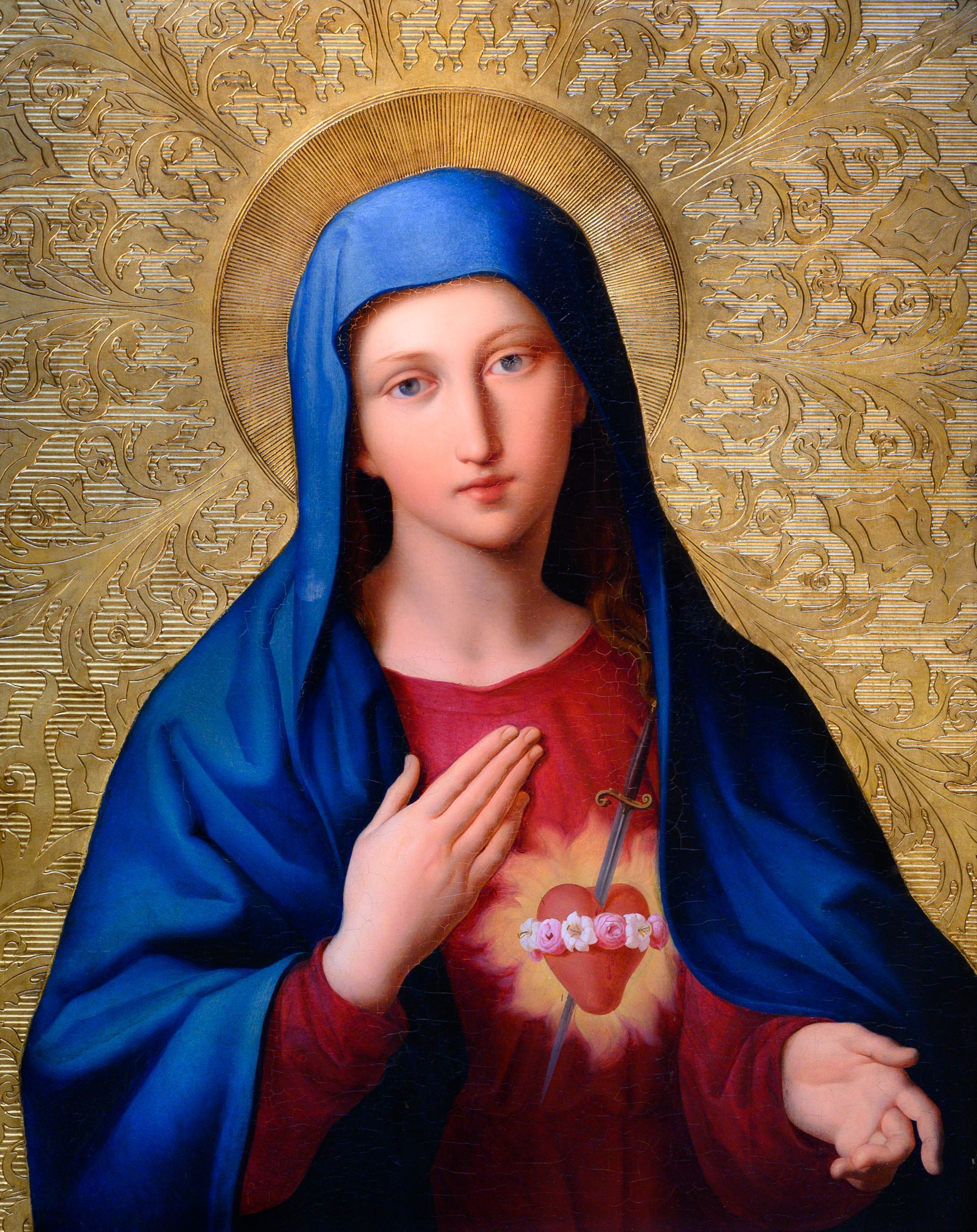
Our Mother and her Immaculate Heart
Additional honorary titles given to Mary highlight her many virtues, such as the Immaculate Heart of Mary, which inspires us by her love and purity.
In the early Church there was great debate about who Jesus was and consequently who Mary, His Mother was. It was at the Third Ecumenical Council of Ephesus 431 AD that the Church Fathers affirmed Mary as the ‘Theotokos’, the God-bearer, a term which became ‘Mary, Mother of God’ – the root of our Catholic veneration of Mary.
Mary, a simple young Jewish girl was chosen by God to be the link between God and fallen humanity. Jesus shares Mary’s human DNA and as His Mother she holds a unique, special relationship with her Son. This closeness is why we turn to her to Intercede for us in our need.
St Teresa of Kolkata once said, “She [Mary] gave Jesus his body, and his body is what saved us.”
.
Official Church Titles
Having considered the many ways of understanding the titles of Mary it may seem surprising that the Church only recognises six formal titles which correspond to the dogmas of the Church and what she teaches of Mary
These are: the Blessed Virgin Mary, Mother of God, Our Lady, Queen of Heaven, Immaculate Conception and the Assumption of Mary. However, there are other, innumerable titles given to Mary in our Tradition, some well-known and recognised, such as Our Lady of Guadalupe, Our Lady of Mount Carmel, Our Lady of Grace, and Our Lady Star of the Sea, but there are others – for example, Our Lady of Ukraine – which would be less known to us in the West. One of the most important features of the development of the cult of Mary and her many titles are the apparitions and miracles attributed to her. These titles include Our Lady of Lourdes, Our Lady of Fátima and OurLady of Medjugorje, to name but a few. Fr Dorian Llywelyn, SJ, says there is an inextricable link between Mary and the Church. Since Origen (185– c.253), John, the beloved disciple at the foot of the Cross, became the symbol of the whole Christian community as Mary became his Mother and so too she became the Mother of the whole Church.
Revelations
The woman in Revelations 12 is also thought to represent Mary and the Church. This is why Mary is the Mother of the Church and, as we are the Church, so too is she our Mother.
So it is against this backdrop that we understand the long history of Marian apparitions. According to legend Mary appeared to the apostle James in Zaragoza, Spain, in 39 AD, and since then many apparitions of Mary have been documented, each being thought to be a form of Divine communication often containing specific messages. These messages often request the world turn to her Son, with a call for penance, and, as in the Lourdes apparition to St Bernadette, a request to build a church at the apparition site. Apparitions have appeared in all continents of the world across centuries, but thousands upon thousands also appear to individuals as private revelations which the Church recognises as more prone to deviation, and as such has been reluctant to verify all but a few as valid.6 We can see the various titles of Mary around the world throughout Church history show us the depth and richness Mary has for us.
Mother of the King
Her close, intimate ,loving relationship with her Son, as Mother of the King of Kings, is the reason we can turn to her under many different titles. Mary is there for us in our many needs as our Mother, the Mother of the Church, given to us by Christ Himself as He was being Crucified on the Cross.
We could never fully comprehend the beauty, the purity, the love Mary has for her Son or for us, the Church. As born without Original Sin, she can love in a way we could never imagine; her love would be so pure. Perhaps an analogy might help, although limited. Consider a sparkling diamond with infinite facets which reflects a great light. As we peer into the centre of that diamond we stare into infinity too beautiful to
comprehend as the light becomes blinding. If we can imagine each facet of this beautiful diamond as a different aspect of Mary or a different title we can see Mary as a beautiful jewel with infinite meaning and possibility representing her infinite value – pure, simple love.
